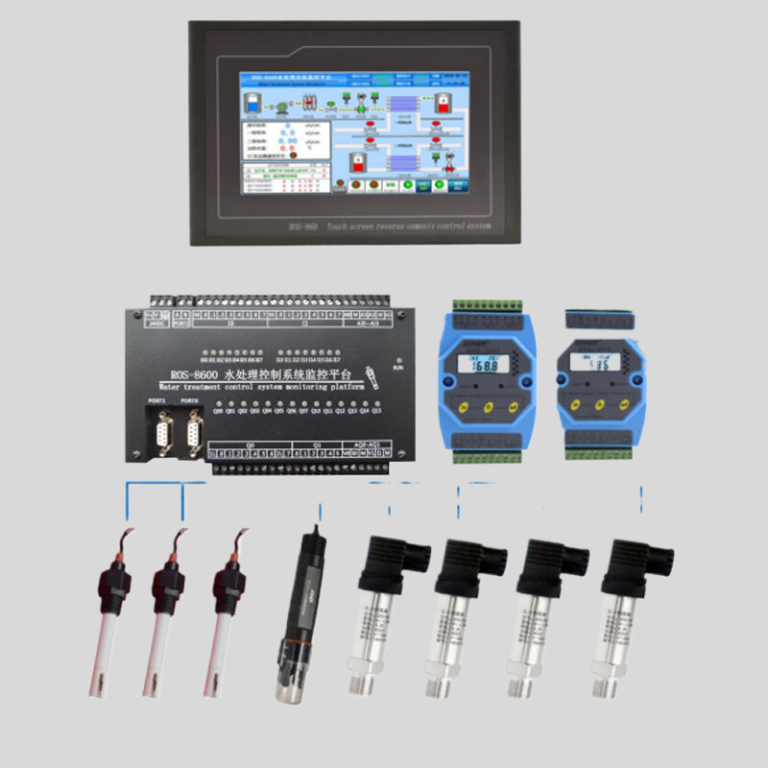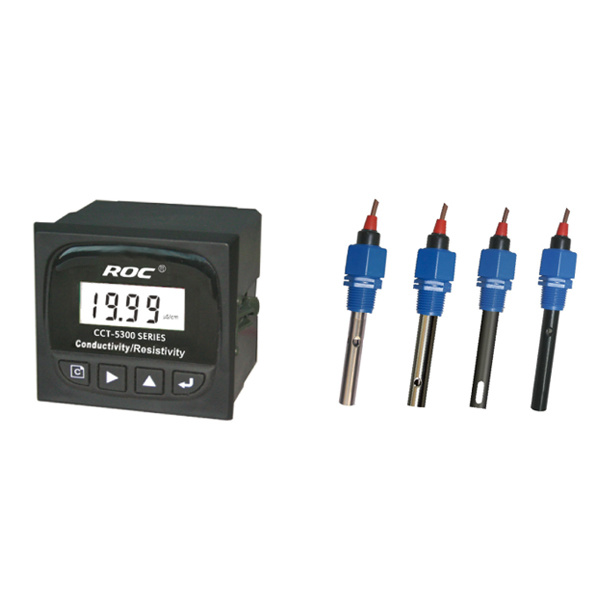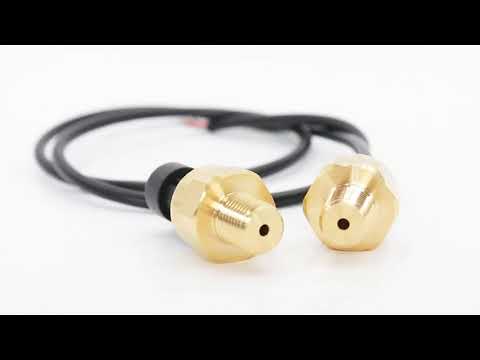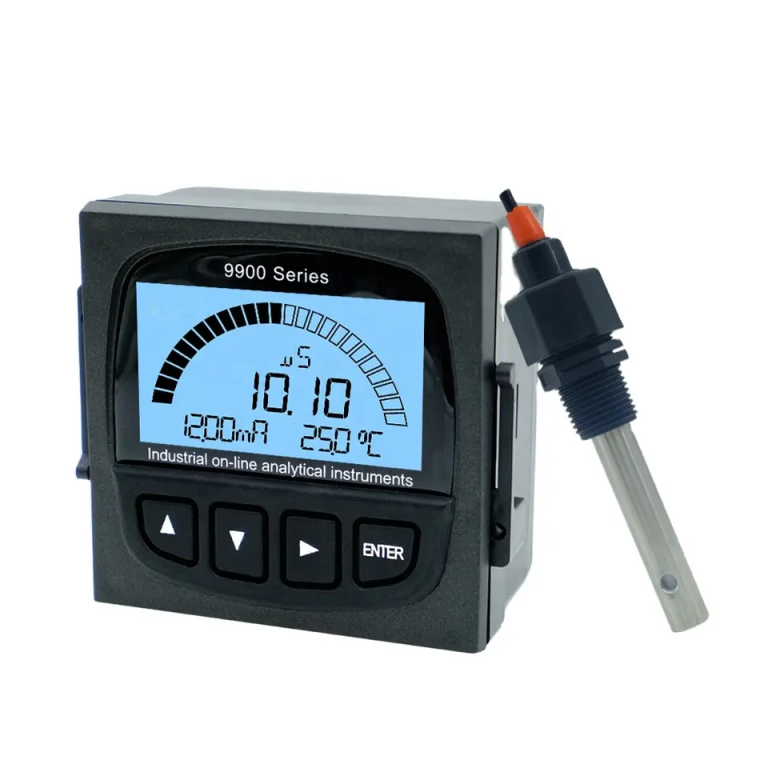The Importance of Using a Zwembad ph meter for Pool Maintenance
Maintaining a clean and safe swimming pool is essential for the health and enjoyment of all who use it. One crucial aspect of pool maintenance is monitoring the pH level of the water. The pH level of a pool refers to how acidic or basic the water is on a scale of 0 to 14, with 7 being neutral. A pH level below 7 is considered acidic, while a pH level above 7 is considered basic. Ideally, the pH level of a swimming pool should be between 7.2 and 7.6.
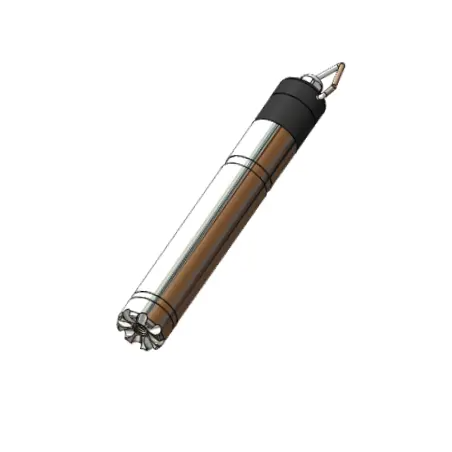
Monitoring the pH level of your pool is important for several reasons. First and foremost, maintaining the proper pH level ensures that the chlorine in your pool is able to effectively kill bacteria and other harmful microorganisms. If the pH level is too high or too low, the chlorine will not be as effective, putting swimmers at risk of contracting illnesses or infections. Additionally, an imbalanced pH level can cause skin and eye irritation for swimmers, making for a less enjoyable swimming experience.
One of the most effective tools for monitoring the pH level of your pool is a zwembad ph meter. A zwembad ph meter is a device that measures the acidity or alkalinity of a liquid, such as pool water. These meters are easy to use and provide accurate readings, allowing pool owners to quickly and easily adjust the pH level of their pool as needed.
| Model | pH/ORP-3500 pH/orp meter |
| Range | pH:0.00~14.00 ; ORP: (-2000~+2000)mV; Temp.:(0.0~99.9)°C (Temp.Compensation: NTC10K) |
| Resolution | pH:0.01 ; ORP: 1mV; Temp.:0.1°C |
| Accuracy | pH:+/-0.1 ; ORP: +/-5mV(electronic unit); Temp.: +/-0.5°C |
| Temp. compensation | Range: (0~120)°C; element: Pt1000 |
| Buffer Solution | 9.18; 6.86; 4.01; 10.00; 7.00; 4.00 |
| Medium Temp. | (0~50)°C (with 25°C as standard) manual/automatic temp. compensation for selection |
| Analog output | Isolated one Channel(4~20)mA, Instrument/Transmitter for selection |
| Control Output | Double relay output (single contact ON/OFF) |
| Working Environment | Temp.(0~50)℃; relative humidity <95%RH (non-condensing) |
| Storage Environment | Temp.(-20~60)℃;Relative Humidity ≤85%RH (none condensation) |
| Power Supply | DC 24V; AC 110V; AC220V |
| Power consumption | <3W |
| Dimension | 48mmx96mmx80mm(HxWxD) |
| Hole Size | 44mmx92mm(HxW) |
| Installation | Panel mounted, fast installation |
| Model | CM-230S Ecomonical conductivity monitor |
| Range | 0-200/2000/4000/10000uS/cm |
| 0-100/1000/2000/5000PPM | |
| Accuracy | 1.5%(FS) |
| Temp. Comp. | Automatic temperature compensation based on 25℃ |
| Oper. Temp. | Normal 0~50℃; High temp 0~120℃ |
| Sensor | Standard:ABS C=1.0cm-1 (others are optional) |
| Display | LCD Screen |
| Zero Correction | Manual correction for low range 0.05-10ppm Set from ECO |
| Unit Display | uS/cm or PPM |
| Power | AC 220V±10% 50/60Hz or AC 110V±10% 50/60Hz or DC24V/0.5A |
| Working Environment | Ambient temperature:0~50℃ |
| Relative humidity≤85% | |
| Dimensions | 48×96×100mm(H×W×L) |
| Hole Size | 45×92mm(H×W) |
| Installation Mode | Embedded |
Using a zwembad ph meter is simple. To measure the pH level of your pool, simply dip the meter into the water and wait for the reading to stabilize. Most zwembad pH meters provide digital readings, making it easy to see the exact pH level of your pool at a glance. If the pH level is outside of the ideal range, you can then take steps to adjust it accordingly.
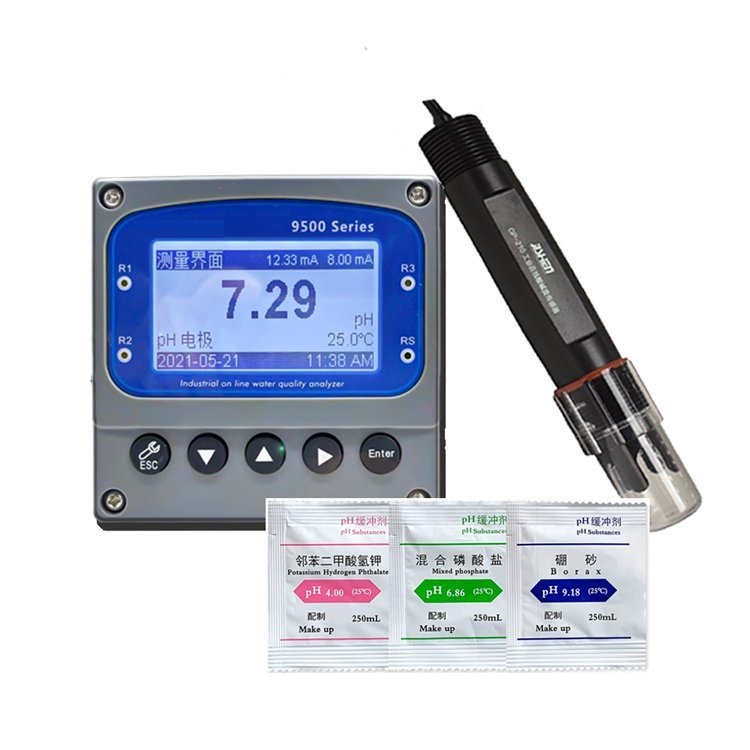
There are several ways to adjust the pH level of your pool. One common method is to add pH increaser or pH decreaser to the water, depending on whether the pH level is too low or too high. It is important to follow the manufacturer’s instructions when adding these chemicals to your pool, as adding too much can cause further imbalances in the water.
In addition to using a zwembad ph meter, it is also important to regularly test the water in your pool for other factors, such as chlorine levels and alkalinity. By monitoring these factors in conjunction with the pH level, you can ensure that your pool water remains clean, safe, and comfortable for swimmers.
In conclusion, maintaining the proper pH level in your swimming pool is essential for the health and enjoyment of all who use it. By using a zwembad ph meter to monitor the pH level of your pool, you can ensure that the water remains clean and safe for swimmers. Additionally, regularly testing the water for other factors such as chlorine levels and alkalinity will help you maintain a well-balanced pool environment. With proper maintenance and monitoring, you can enjoy a clean and inviting swimming pool all season long.

